
When Aura Noir released their debut album Black Thrash Attack in 1996, few saw it as a harbinger of things to come. Establishing a thread back to the wild side of early thrash metal—what would later be known as the “first wave” of black metal—Black Thrash Attack went so far as to directly quote riffs from foundational bands such as Venom, Sodom, and Brazil’s Sarcófago. This worship of the old gods was executed with a wicked grin, brazen to the point of mischief. Somehow, the album managed to sound undeniably fresh while paying homage to the past. With wildly creative riffs and a primitive production, Black Thrash Attack was all attitude, so ferocious and swaggering it was almost whimsical. It was a welcome breath of fresh air at a time when the Norwegian black metal scene was in serious danger of drowning in its own bloody gravitas.
Black Thrash Attack was a strong statement coming from three of the scene’s most creative key players: Aggressor (aka Carl-Michael Eide) of the groundbreaking Ved Buens Ende (and later, Virus), Apollyon of the equally adventurous Dødheimsgard, and Blasphemer (aka Rune Eriksen), the criminally-underrated guitarist of a newly revitalized Mayhem. What these luminaries created, intentionally or not, was a genre that came to be known as “blackened thrash.” They provided a spark that would go on to ignite an explosive breed of bands who are presently providing a raw and chaotic counterpart to the increasingly safe, processed sounds being offered by more mainstream metal.
Aura Noir, “Trenches”
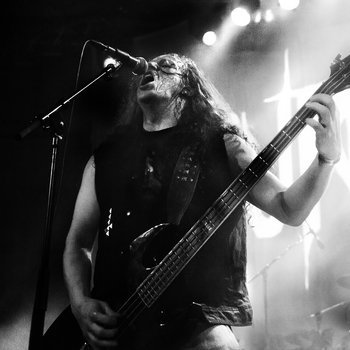


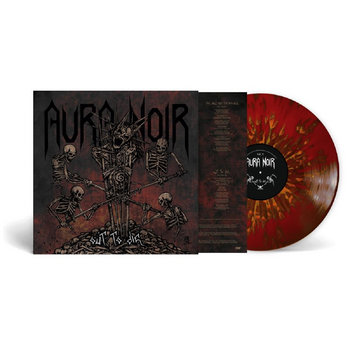

Compact Disc (CD), Vinyl LP



Aura Noir have not strayed nor faltered since Black Thrash Attack, as evidenced by “Trenches” from 2012’s Out To Die. Still leading the way with barely-controlled fury, Aura Noir have proven to be legends in their own right. The blackened thrash style they originated has since broadened into a subgenre of its own. You could almost call it “lo-fi thrash,” but that wouldn’t be quite accurate. It’s not lo-fi by strict definition, but compare records by Condor, Deathhammer, or Töxik Death to their more famous counterparts Vektor, Revocation, and Havok (all of whom are nonetheless excellent, to be fair), and the difference is striking. What’s commonly referred to as “blackened thrash” has evolved into an increasingly distinct metal subculture that eschews flawlessly edited “performances” and computerized production in favor of raw fury and chaos.
Condor, “Riders of Violence”

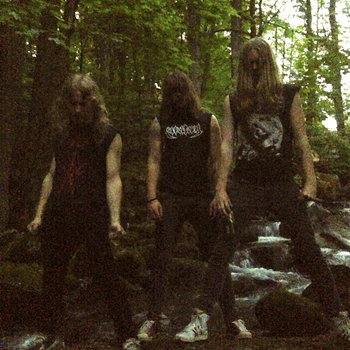

Condor, who take their name from an Aura Noir tune, hail from Kolbotn, the same small Norwegian town which gave rise to Aura Noir, Darkthrone, and Infernö, among others. Home to the infamous Kolbotn Thrasher’s Union, the town has Fenriz (of Darkthrone) sitting, somewhat reluctantly, on its city council. Condor is a foremost member of the Kolbotn Thrasher’s Union, and their recent LP, Unstoppable Power, sets a new gold standard for lethal, furious thrash in the blackened style. “To me it seems that the age of modern party ‘thrash’ is over with,” says Condor guitarist Maggressor. “The people that were into that bullshit have moved on, and only the true maniacs are left—the ones that know that thrash is more than just a fast drum beat and distorted guitars. There is no point in playing extreme music if it does not sound extreme. Overproduced and polished thrash metal just doesn’t make any sense to me. Thrash metal is evil, violent, fast, and dirty.”
Töxik Death, “Thrashforces of Evil”


If anyone embodies this ferocious philosophy toward metal it’s Töxik Death, an outfit from Sandnes, Norway, who have cranked the not-giving-a-fuck parameter to 11 on Speed Metal Hell LP. To paint a picture, the album sounds like you’re standing in front of the band at a gig. You can almost smell the sweat and stale beer coming out of the speakers. The drums are defiantly flat and distant, the riffs muffled, the vocals hoarse and demonic. The tape deck-quality of the production adds to the feeling of foreboding; it feels as if you’re eavesdropping on a dark, violent ritual through the floorboards in the room above.
Deathhammer, “Satan Is Back”



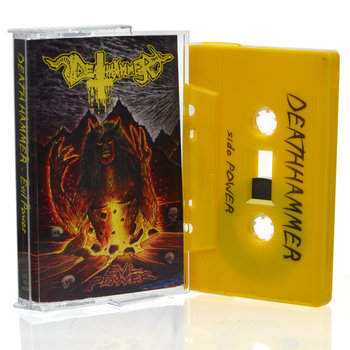
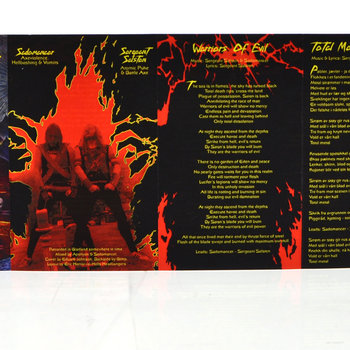

Compact Disc (CD), Cassette




Norway’s Deathhammer have been serving up joyously nasty, evil thrash since 2006, and presently occupy a prominent place in the black thrash scene. On their aptly-named third LP Evil Power, they declare that “Satan is back!” It’s tempting to surmise that they are referring to the “first wave” incarnation of Satan invoked by bands such as Venom, Sarcófago, and Bathory (when Satan was still “fun”?), before “second wave” black metal got so life-and-death serious about the whole Satanism thing. Indeed, the lyrics read like a list of classic, evil thrash releases from the 1980s. The song opens with a graveyard laugh and the declaration, “It’s the return of darkness and evil,” which reverently and ecstatically cite the Bathory tune of the same name. And if the furiously galloping riffs and bug-eyed vocals aren’t enough, this anthemic number features a classic heavy metal explosion at 2:27, and a fantastically catchy coda.
Nekromantheon, “Cast Down to the Void”

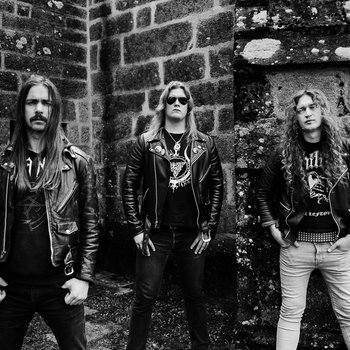

A classic Kolbotn outfit, Nekromantheon were one of the first bands to use the Kolbotn Thrasher’s Union insignia on their 2010 Divinity of Death LP. Although they have an unusual lyrical penchant for Greek mythology, Nekromantheon present a master class in pure Kolbotn savagery on 2012’s classic Rise, Vulcan Spectre. Led by vocalist/guitarist Arild “Arse” Myren Torp, also of Kolbotn primitive death dealers Obliteration, and featuring live guitar by Infernö’s Bestial Tormentor and Deathhammer’s drummer Christian “Kick”Holm (“Kick” and “Arse”—we see what they did there…), Nekromantheon advance and elevate everything that Aura Noir begat with Black Thrash Attack, making music that sounds like an avalanche—guitars, drums, and echo-drenched vocals tumbling down mercilessly and chaotically.
Infernö, “Utter Hell”
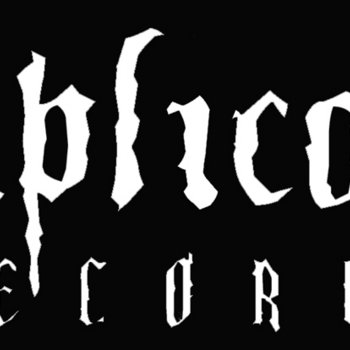

Aura Noir were not entirely alone on the path of blackened thrash in the mid ‘90s. Their guitarist Aggressor (aka the multitalented Carl-Michael Eide) was also in another Kolbotn band, Infernö. Something like Aura Noir’s evil nephew, Infernö were even more haphazard in their approach, often bordering on cartoonish at times. Along with Aura Noir, Nocturnal Breed, Gehennah, Nifelheim, and a handful of others, they were arguably a backlash against an increasingly serious and complex black metal scene in Scandinavia. Right around the time Dimmu Borgir were trying on their top hats and capes, Infernö showed up in a smelly denim vest, beer in hand, middle finger raised to the sky. All of that scuzz and snarl shows up on “Utter Hell,” which sounds like 400 motorcycles firing up at once, with wild, screeching vocals soaring over top.
Vornth, “Grave of the Living”




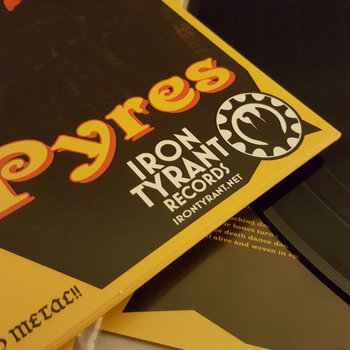



Compact Disc (CD), Vinyl LP




Vornth set themselves apart on 2016’s Black Pyres with catchy riffs, inventive songwriting, and vocals that split the difference between classic metal screech and thrash metal growl. Hailing from Uddevalla, Sweden, Vornth represents yet another refreshingly raw and creative entry, leaving the mistakes in and the energy intact. They’re certainly not afraid to throw an occasional curve ball. Right at the center the thrashing inferno that is Black Pyres, we find “Grave of the Living.” It seems odd to place an eight-plus minute doom metal epic smack in the center of a thrash attack like Black Pyres, but Vornth seemingly couldn’t care less. That kind of audaciousness could be canny, just plain feral, or both.
Rust, “Sweeping Wings of Wrath”
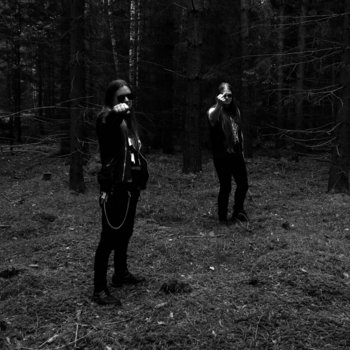

Also from Sweden, Rust indulge in the Aura Noir tradition of paying homage to the gods of old. Directly quoting Darkthrone in the bridge section, and using the Black Thrash Attack signature trilled riffs almost to the point of parody, Rust make it clear where their loyalties lie on “Sweeping Wings of Wrath.” Like Darkthrone, Rust record all of their albums on their own, in their rehearsal space, and have produced two full-lengths and a handful of singles and EPs since 2006. The perfectly sizzling guitar tone and reverbed-out vocals emphasize their black metal DNA, but the ancient arcana of riff-craft is deeply understood and undeniably strong with this duo.
Sauron, “One Foot In the Grave”
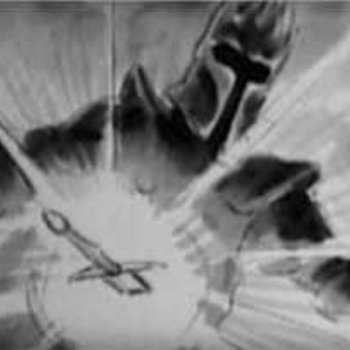
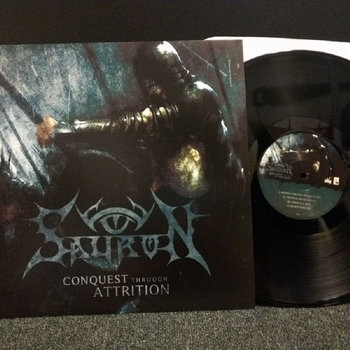

Compact Disc (CD), Vinyl LP

Thrash—especially raw, dirty, underproduced thrash—is certainly not as fashionable as other forms of metal at the moment, but this ragtag crop of young bands don’t seem to care. They’re playing metal the way they think it ought to be played, with no regard for commercial success, and no desire to win any cool points or popularity contests. This attitude was crucial in the 1980s during the “first wave”and is just as crucial now. Bands like Michigan’s Sauron, flying the flag of ferocious blackened thrash in the heart of America’s Rust Belt, are what metal is all about. The bass drum on “One Foot in the Grave” sounds like a tennis ball hitting asphalt, and the guitars coil and pounce with wild abandon. With no intentions of “making it big” and thus no reason to follow trends or try to be “cool,” Sauron come from a similar place as early Kreator, Sodom, and Destruction, a cry of fury arising from an industrial wasteland.
—John Cobbett







